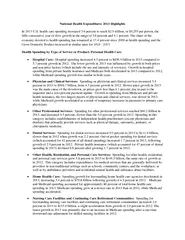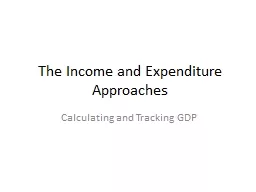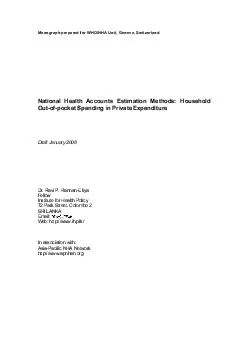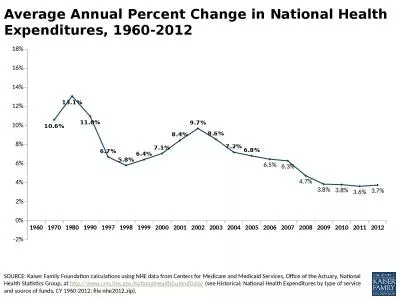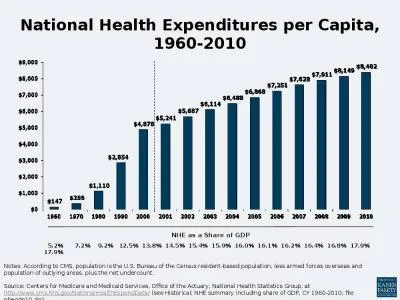PDF-National Health Expenditures Highlights In U
Author : lois-ondreau | Published Date : 2015-06-14
S health care spending increased 36 percent to reach 29 trillion or 9255 per person the fifth consecutive year of slow growth in the range of 36 percent and 41 percent
Presentation Embed Code
Download Presentation
Download Presentation The PPT/PDF document "National Health Expenditures Highlights..." is the property of its rightful owner. Permission is granted to download and print the materials on this website for personal, non-commercial use only, and to display it on your personal computer provided you do not modify the materials and that you retain all copyright notices contained in the materials. By downloading content from our website, you accept the terms of this agreement.
National Health Expenditures Highlights In U: Transcript
Download Rules Of Document
"National Health Expenditures Highlights In U"The content belongs to its owner. You may download and print it for personal use, without modification, and keep all copyright notices. By downloading, you agree to these terms.
Related Documents

